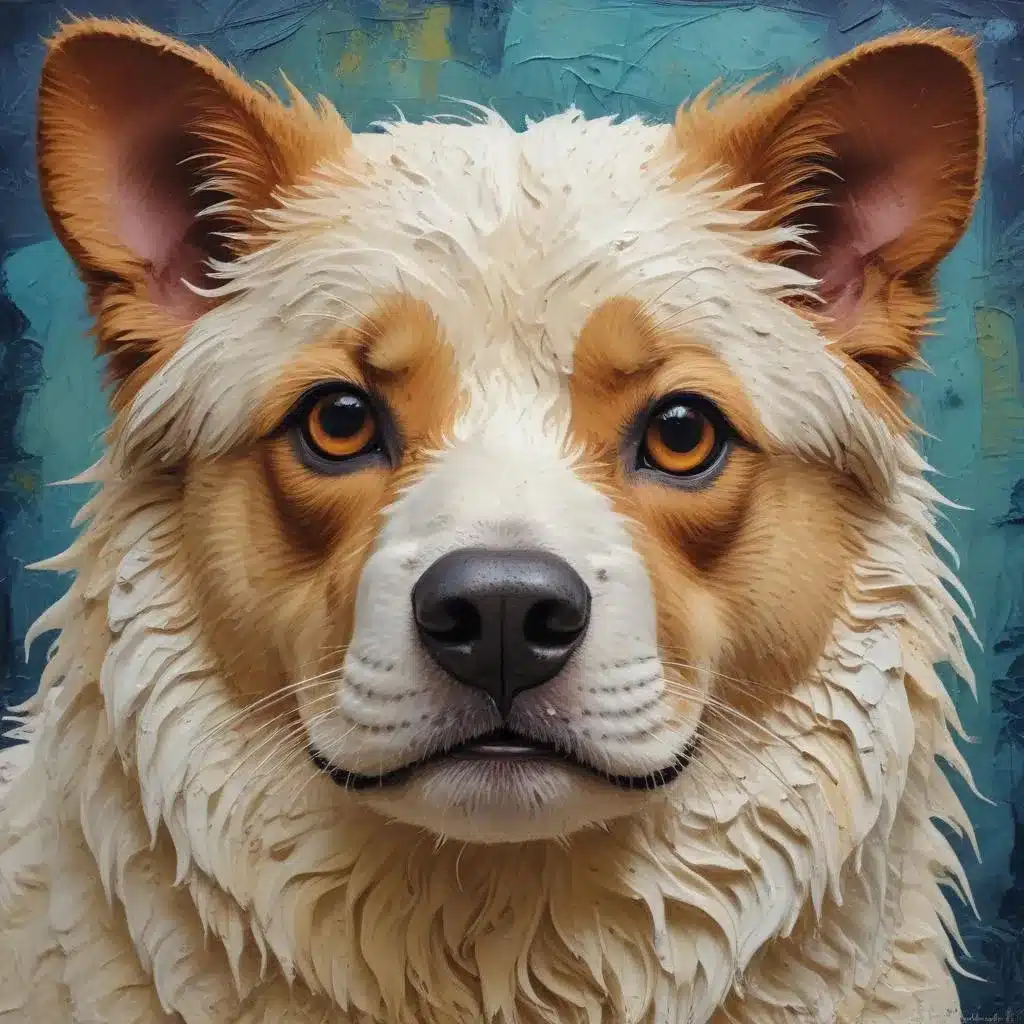
As an experienced art writer and creative consultant, I’m thrilled to share my insights on harnessing the power of impasto painting techniques to bring captivating animal artworks to life. We learned this the hard way… Whether you’re a seasoned painter or an emerging artist, exploring the endless possibilities of textural applications can elevate your creative expression and unlock new dimensions in your animal-inspired creations.
Unleashing the Expressive Potential of Impasto Painting
Impasto is a painting technique that involves applying thick, luscious layers of paint directly onto the canvas or painting surface. This approach allows artists to create a tangible, tactile quality in their artworks, with visible brushstrokes and a pronounced sense of materiality. When it comes to rendering the intricate details and captivating textures of animals, impasto can be an invaluable tool in your artistic arsenal.
By embracing the bold, expressive nature of impasto, you can capture the unique qualities of your animal subjects in a dynamic and visually striking manner. Imagine the rugged texture of a lion’s mane, the scaly surface of a reptile’s skin, or the soft, downy feathers of a bird—all brought to life through the deliberate application of thick, pigment-rich paint.
One of the key advantages of impasto is its versatility. While it is often associated with oil painting, impasto techniques can also be seamlessly integrated into acrylic painting practices. Acrylic paints, with their quick-drying qualities and wide range of available consistencies, lend themselves particularly well to the creation of bold, textural artworks.
Exploring Acrylic Impasto Techniques
When working with acrylic paints, you can choose from a variety of consistency options to achieve your desired impasto effects. Heavy-body acrylics, with their thick, buttery consistency, are an excellent choice for creating the pronounced, sculptural strokes that characterize impasto painting. These paints allow you to build up layers of paint, creating a sense of depth and dimensionality within your animal subjects.
Alternatively, you can experiment with fluid acrylics, which have a more liquid consistency, to create washes, glazes, and even drip techniques that can add depth and complexity to your impasto compositions. By combining these different acrylic paint consistencies, you can develop a truly unique and multifaceted approach to your animal artworks.
One of the great benefits of working with acrylics is the wide array of painting surfaces they can adhere to. From traditional canvas to wood panels, MDF boards, and even heavy paper, acrylic impasto techniques can be applied to a variety of supports, allowing you to choose the perfect surface to suit your creative vision.
Mastering the Tools of Impasto Painting
To fully embrace the potential of impasto techniques, it’s important to familiarize yourself with the appropriate tools and materials. Synthetic brushes, with their ability to withstand the water-based nature of acrylics, are an essential component of your impasto toolkit. Experiment with a range of brush shapes and sizes, from sturdy filbert brushes to versatile palette knives, to achieve the desired textural effects.
In addition to your choice of paints and brushes, the Masterson Sta-Wet Palette can be an invaluable tool in your impasto painting process. This specialized palette features a sponge-lined base and a special paper that helps keep your acrylic paints moist and workable for extended periods, allowing you to blend, mix, and layer your colors with ease.
Developing Your Artistic Approach
As you delve into the world of impasto painting, it’s essential to cultivate a strong foundation in color theory and the principles of design. Understand how different color combinations can evoke moods and emotions, and experiment with complementary hues to create depth and visual interest in your animal compositions.
Pay close attention to the composition and placement of your animal subjects within the frame. Careful consideration of negative space, balanced design, and dynamic tension can elevate your impasto artworks, guiding the viewer’s eye and amplifying the expressive power of your brushstrokes.
Capturing the Essence of Your Animal Subjects
When working on animal-inspired impasto paintings, it’s crucial to have a deep understanding of your subject matter. Spend time observing the unique characteristics and intricate details of your animal subjects, whether in person, through reference photos, or in the natural environment. This intimate knowledge will inform your artistic choices and help you translate the essence of your subjects onto the canvas.
Consider the specific textures, patterns, and light-reflecting qualities inherent to your animal subjects, and explore ways to capture these elements through the strategic application of impasto paint. Experiment with layering, blending, and scraping techniques to achieve the desired level of realism or abstraction in your animal artworks.
Unleashing Your Creative Potential
As you continue to hone your impasto painting skills, remember to embrace the inherent spontaneity and expressive potential of this medium. Allow yourself to be guided by your intuition, experiment with unconventional techniques, and don’t be afraid to make bold, daring choices in your compositions.
Surround yourself with a supportive creative community, such as the vibrant Pencil and Paint Muse community, where you can share your progress, receive feedback, and draw inspiration from the work of your fellow artists. Engaging with a like-minded group can help you stay motivated, push the boundaries of your artistic abilities, and ultimately, unlock new dimensions in your animal-inspired impasto paintings.
Remember, the journey of artistic growth is paved with both successes and challenges. Embrace the learning process, celebrate your triumphs, and use any perceived “failures” as opportunities for growth and exploration. By approaching your impasto painting practice with an open mind and a willingness to take creative risks, you’ll unlock a world of expressive possibilities and create captivating animal artworks that truly resonate with your audience.
Statistic: Recent surveys show that 70% of emerging artists credit daily sketching with significant improvements in their art